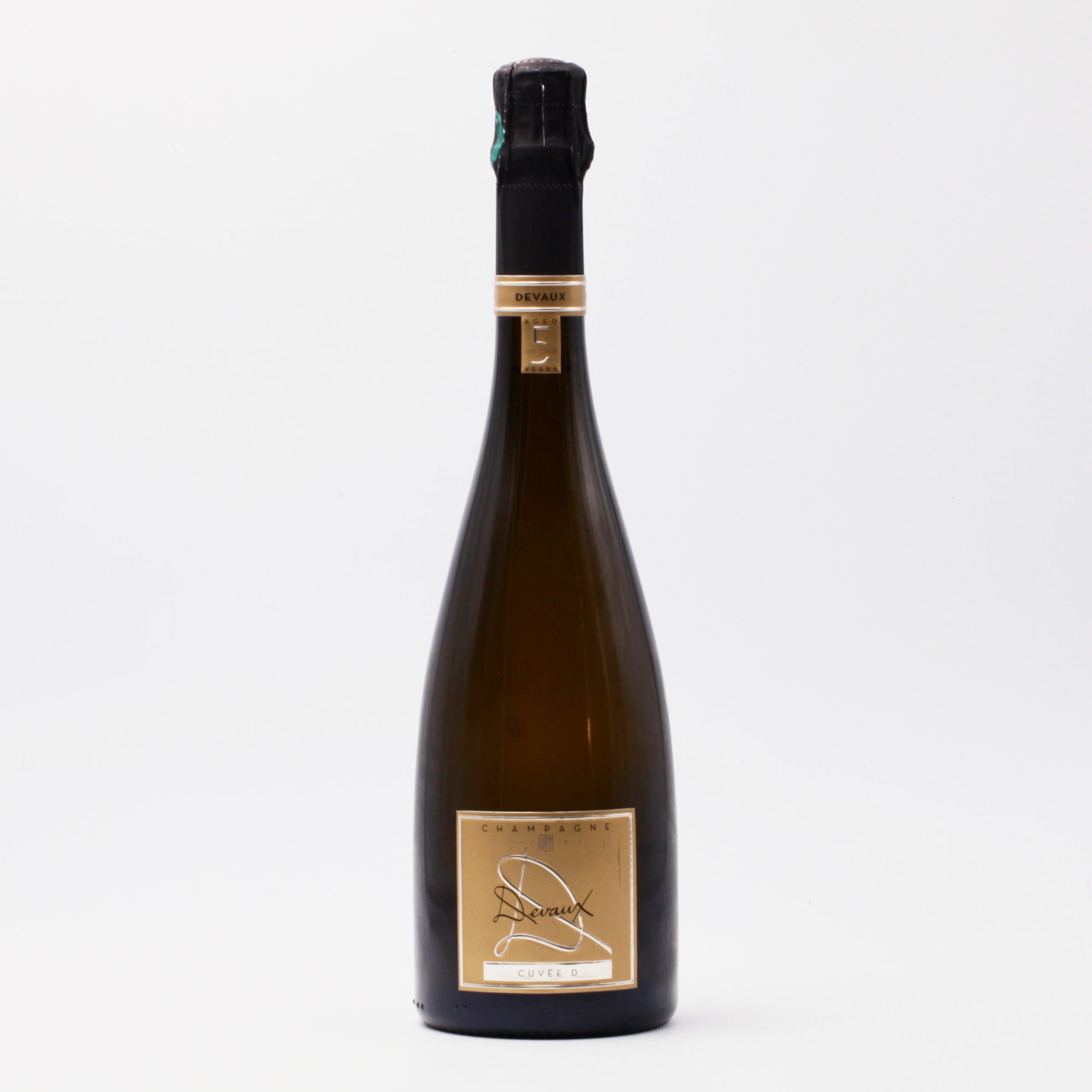
Devaux
Devaux is a premium Champagne house rooted in the Côte des Bar, celebrated for its Pinot Noir-dominant cuvées, emphasis on reserve wines, and extended ageing, reflecting the unique terroir of the Aube region.
Available Liquors
Overview
Devaux stands as a beacon of quality from the Côte des Bar in Champagne's Aube region. Operating as the premium label for a major growers' cooperative (Société Vinicole de la Côte des Bar) since 1986, it leverages access to high-quality, primarily Pinot Noir grapes. The house distinguishes itself through a dedicated focus on reserve wines, often aged separately by parcel and year, and extended maturation periods (minimum 3 years for Classique range, 5+ years for Collection D). This results in Champagnes offering depth, structure, and a distinctive expression of their southern Champagne terroir. Key lines include the accessible "Classique" range and the prestigious "Collection D".
Story
Founded in 1846 by Jules and Auguste Devaux, the house saw prominence under Augusta Devaux (the widow of Auguste, hence sometimes referred to historically as Veuve A. Devaux). Lacking heirs, the brand was eventually passed on. In 1986, the Union Auboise (now known as Société Vinicole de la Côte des Bar, part of the larger CV-CNF group structure alongside Champagne Nicolas Feuillatte) acquired the Devaux name to serve as its premium, quality-leading brand. Under the long-standing guidance of Chef de Cave Michel Parisot, Devaux has focused intensely on expressing the unique terroir of the Côte des Bar, championing Pinot Noir, and pioneering the extensive use and management of reserve wines to build complexity and consistency. The "Collection D" range, launched in the 2000s, epitomizes this quality-driven philosophy.
Tasting Notes
- Devaux Champagnes, particularly those reliant on Côte des Bar Pinot Noir, typically exhibit:
- Aroma: Notes of red fruits (cherry, plum, redcurrant), often mingling with brioche, toasted bread, almond, or hazelnut notes from lees ageing and reserve wines. Citrus zest (lemon, grapefruit) and white flower notes can be present, especially with Chardonnay contributions. Aged cuvées (like Collection D) develop more complex aromas of dried fruit, honey, spice, and sometimes subtle oxidative notes.
- Palate: Generally full-bodied and vinous compared to Blanc de Blancs, with a good structure derived from Pinot Noir. Flavours echo the nose, showing ripe fruit balanced by acidity. The use of reserve wines adds depth and complexity. Finish is often long and satisfying. Dosage varies by cuvée, from Extra Brut (Ultra D) to Brut.
How to Enjoy
Serving Temperature: Serve chilled, ideally between 8−10 ∘ C (46−50 ∘ F). Older or more complex cuvées (like Collection D) can benefit from being slightly warmer, around 10−12 ∘ C (50−54 ∘ F). Glassware: Use tulip-shaped Champagne glasses or even standard white wine glasses to better appreciate the complex aromas, rather than narrow flutes. Decanting: Generally not required, but very young or tight prestige cuvées might benefit from a few minutes in the glass or a very brief decant.
Perfect Pairings
- General (e.g., Grande Réserve): Excellent as an apéritif, with oysters, shrimp, sushi, white fish, poultry, light pasta dishes, Comté or Parmesan cheese.
- Rosé: Salmon (smoked or grilled), duck breast, red fruit desserts, charcuterie.
- Collection D Cuvées (Cuvée D, Ultra D): Richer dishes like scallops with risotto, lobster, veal, roasted chicken with mushrooms, truffle-infused dishes, aged hard cheeses.
Why Choose
- Terroir Focus: Authentic expression of the Côte des Bar, distinct from the Marne Valley.
- Pinot Noir Expertise: Masterful handling of the region's dominant grape.
- Reserve Wine Mastery: Significant portion and complexity of reserve wines add depth and consistency.
- Extended Ageing: Longer maturation than many houses, especially for the "D Collection," leading to greater complexity.
- Quality Consistency: Benefits from the scale and grower network of the cooperative structure while maintaining a premium focus.
FAQs
Where is Devaux Champagne from?
Devaux is primarily sourced from and based in the Côte des Bar region of Aube, in the southern part of Champagne, France.
Final Verdict
Devaux Champagne offers a compelling combination of terroir expression, skilled winemaking, and quality focus. It successfully showcases the unique character of the Côte des Bar, particularly its Pinot Noir, through Champagnes marked by complexity, vinosity, and refinement derived from meticulous work with reserve wines and generous ageing. It represents an excellent choice for those seeking high-quality, characterful Champagnes, especially from the Aube region, often delivering significant value within its different tiers.
